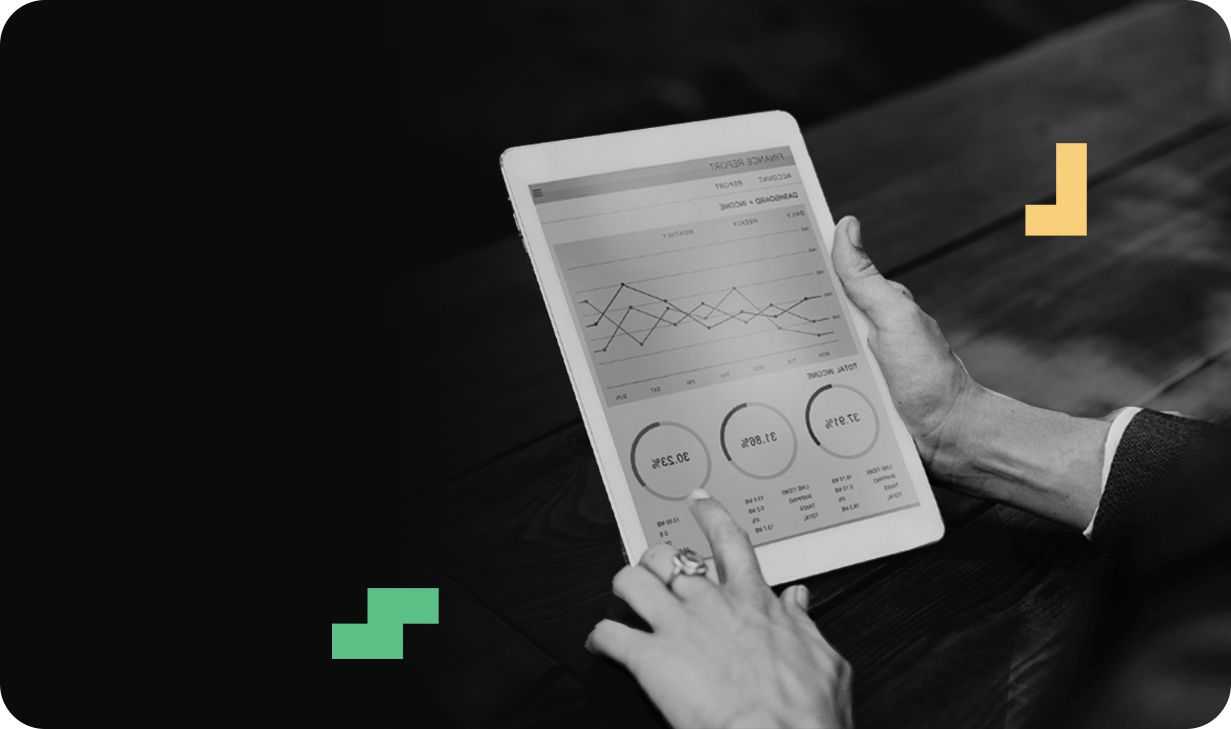Web Analytics Versus Experiential Analytics

Author
Stuart Nelson
Published
As CX specialists, we’re obsessed with analytics. They’re incorporated into every aspect of the work we do at LeanConvert because they tell us where we are today and how we can improve tomorrow. The tools used to capture and understand analytics are improving as well, and we make sure that we’re very much at the forefront of those technological changes. That’s why we’re excited about the evolution of experiential analytics versus web analytics.
But what are experiential and web analytics?
Web analytics involve more traditional, old-world metric tracking for standard measurements. Examples include the number of visitors, how much the visitors spent, or their overall time on site. While there are varying degrees of complexity or sophistication when looking at web analytics, it’s safe to say that they are ubiquitous at this point. If you have a brain and a website, you are running some form of web analytics to better understand your customers.
On the other hand, experiential analytics come from newer technologies that look at individual user behaviour through session recordings, heat maps, user journey flows, alerts, triggers etc. Their purpose is to provide you with a closer look at what site visitors did between reaching the site and making their final purchase (or not). Did they visit the FAQ pages? Did they highlight and copy the name of a product on your site to paste into Google and search for elsewhere, likely at a cheaper price? While these types of insights have become increasingly standard in recent years, they generally remain secondary to the web analytics that provide you with the bare essentials.
One way to better understand the two is to compare it with some light reading via Homer’s ever-thrilling, 560-page poem The Odyssey. To give you a refresher, a man named Odysseus travels through ancient Greece (and beyond) for ten years, encountering various monsters, gods, and the like while trying to return home to his wife in Ithica (spoiler alert: he gets there). You can imagine the fact that he reaches home as a “web analytic.” Did he make it home? Yes.
How long did it take him? 10 years.
However, along the way, Odysseus famously passed through Troy, as well as Calypso’s Island and the Land of the Dead, amongst other pit stops.
He experienced a horrifying series of monsters and shipwrecks and mishaps (with the occasional triumph) all before finally making it back to Ithica after a journey that can only be likened to that of flying one of your least favorite budget airlines. Measuring what he did along the way, or what he “experienced,” would be the experiential analytics.
The point is, while you’d get some important information from reading just the beginning and end of a book, the interesting stuff is really what lies in between. Better understanding the “story” of your user’s journey can be very powerful in terms of improving that same story in the future.
So if it’s such a powerful tool, why are experiential analytics not more popular?
Experiential analytics have traditionally been somewhat looked down upon within the industry due to the sheer difficulty of processing the data in past years. Analysts had to sit and manually watch video footage of unique visitor sessions to observe the user’s behaviour. You can imagine why people weren’t exactly overjoyed at the prospect. Now, technological progress has made this more efficient. They can record, categorise, and label user interactions automatically or intelligently to make the process of finding meaningful insights enjoyable. One key feature is that newer experiential analytics tools can take a look back at things retroactively. Modern tools capture all user interactions out of the box, including capturing the user’s source code.
If you tell a web analytics tool to look for a particular metric or user error, it will find it and tell you how many times it occurred. This means you’ll have to know what the issue is and manually build tracking. This is difficult, error-prone, and probably expensive. With the new experiential analytics tools on the other hand, you can discover user errors, find out how many users had that same error, and see what they did before their issues started occurring. There’s no need to preconfigure because all the information you need has already been captured.
Let’s take another example. We often build websites around a “happy path” that customers seldom take. Using experiential analytics to see that customers are skipping that obvious call to action or are missing the “easy to understand offer” helps us get to the root of conversion problems that a dip on a graph simply would not illustrate. Should a customer have so much difficulty that they reach out to customer support, the support teams can identify the user’s issues in real-time and understand what steps they took on the website before making contact.
What’s your point?
Web analytics remain extremely important. You still need to know that Odysseus made it back to Ithica. But experiential analytics tools have evolved over the past two years and are becoming more and more necessary to keep up with the competition. Again, a story with no middle just isn’t going to cut it. Better understanding your audience and their full journeys is key to designing the best CX possible. Now with a full range of high-quality tools at lower price points than ever before, it’s never been easier.
And for those of us who did read The Odyssey, I can only assume it was in school or university because why on Earth would you be reading it otherwise. And if this was the case, you surely had a teacher or professor alongside you helping to make sense of what is otherwise a ridiculously complicated text. Should you want that same assistance with experiential analytics, LeanConvert is here to help.
Get in touch with us here to learn more.











